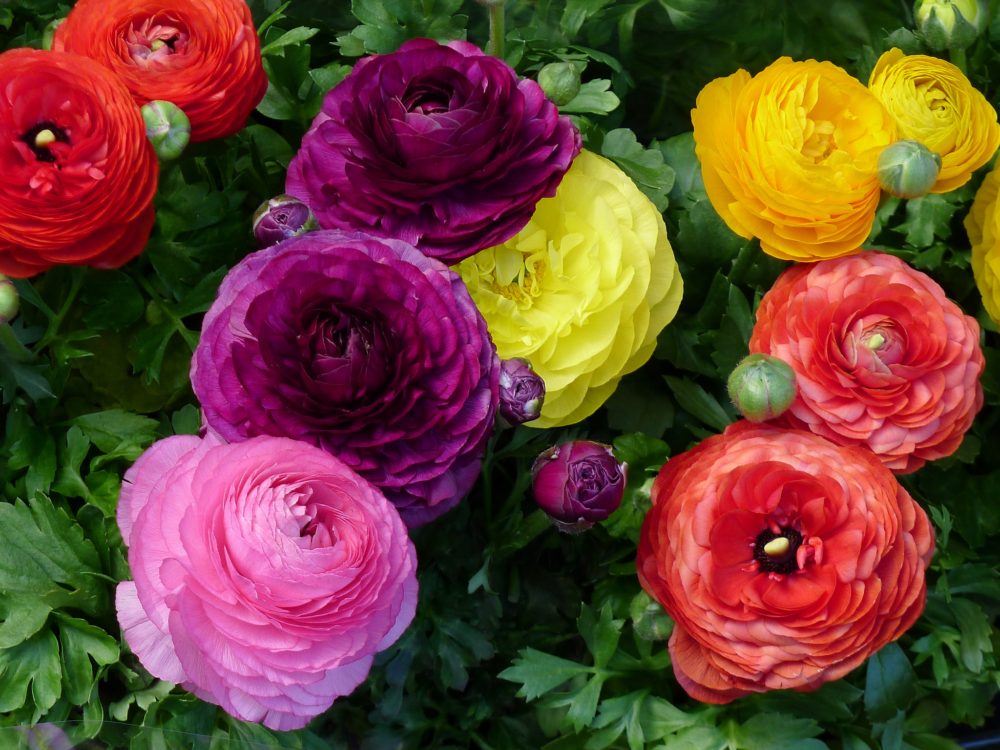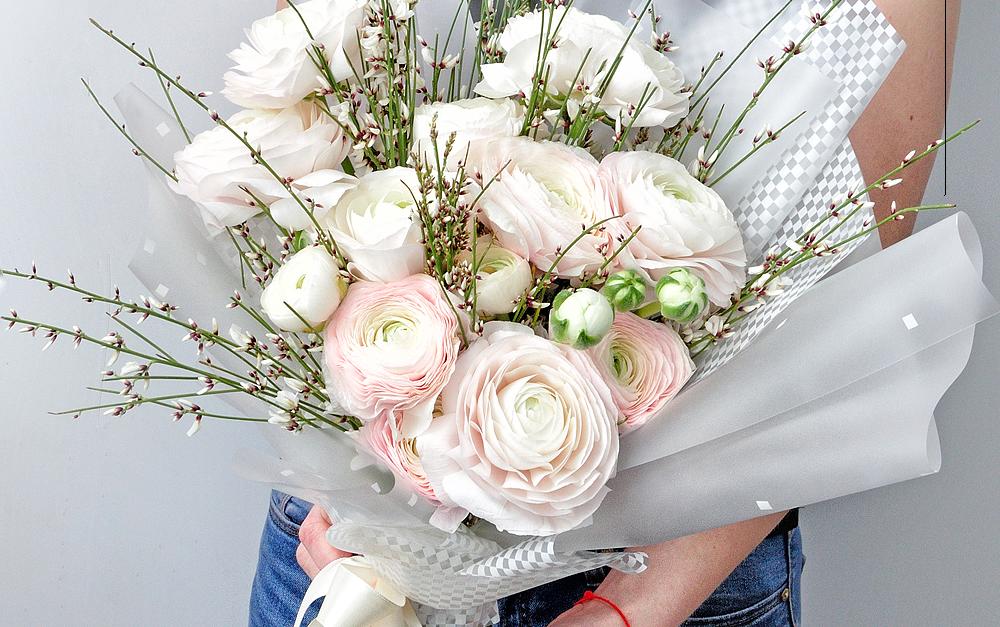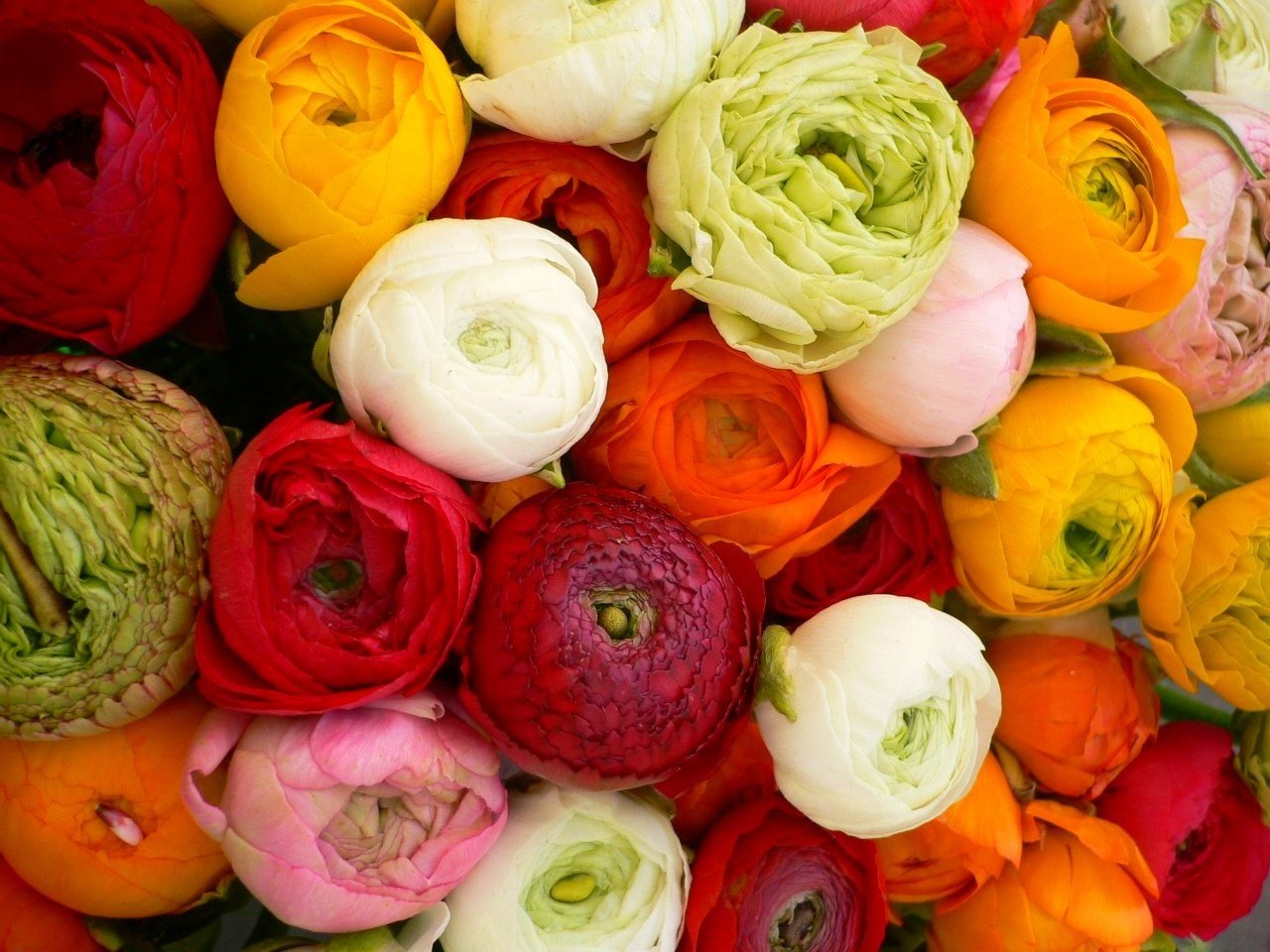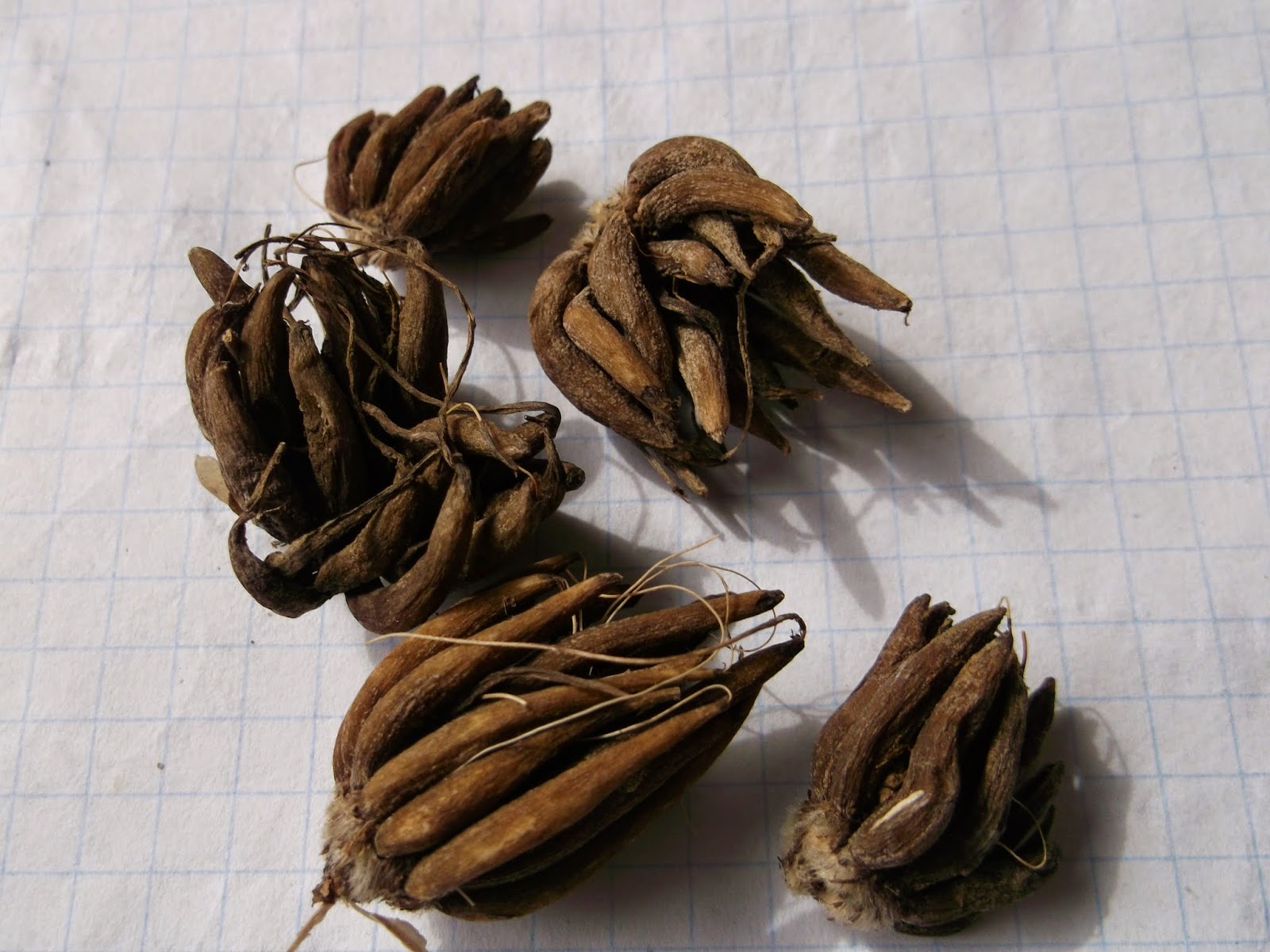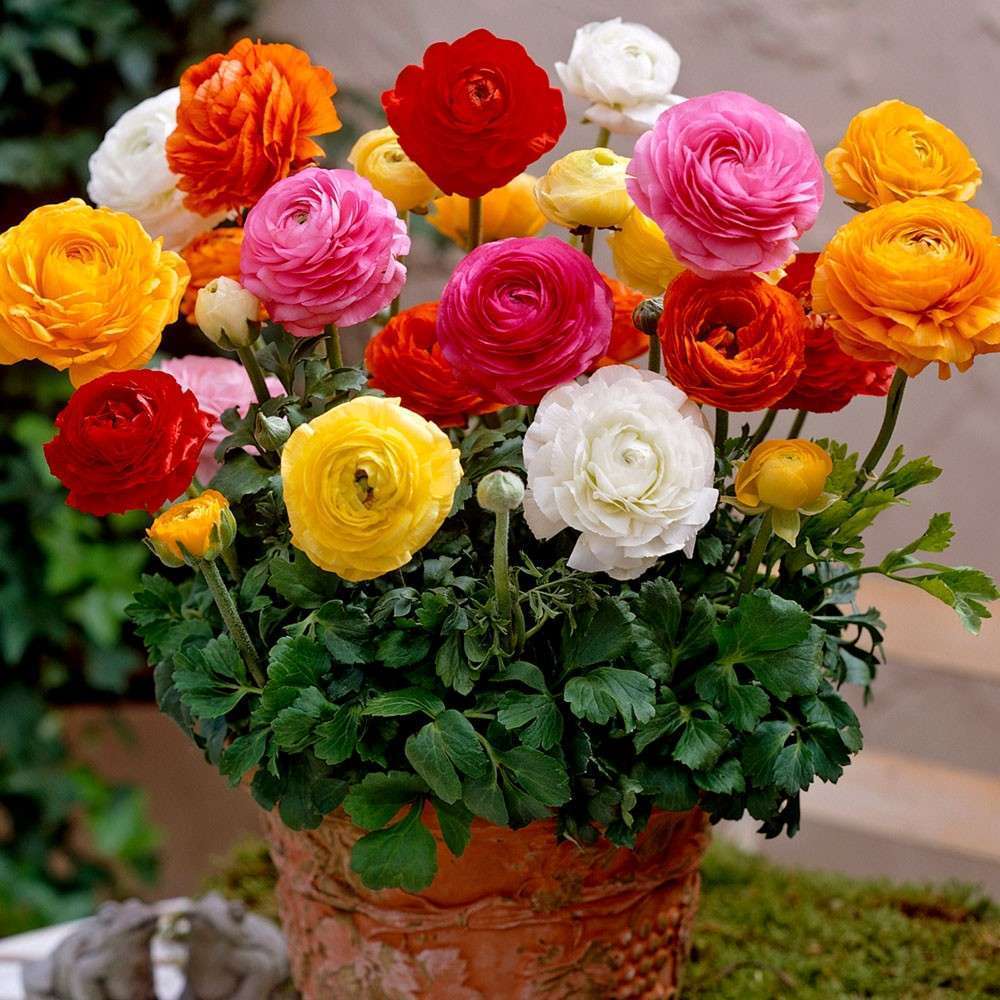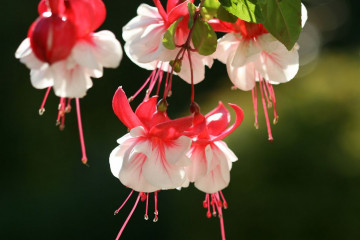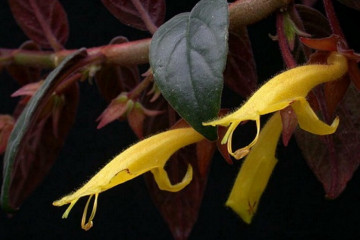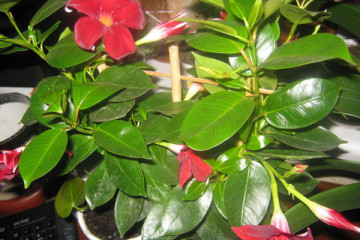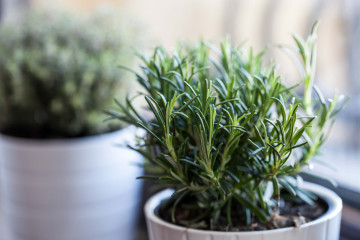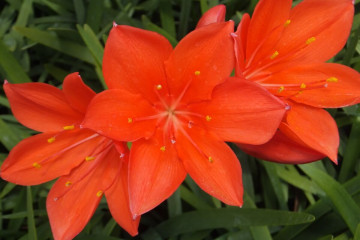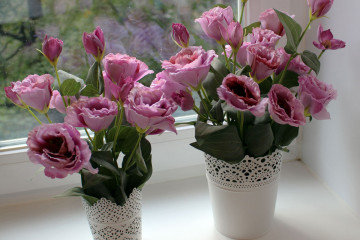Ranunculus flowers - growing at home
Content:
- What does ranunculus or garden buttercup look like?
- Classification of ranunculus species
- The cultivars that are most popular with horticulturists
- How ranunculus reproduces
- Planting bulbs
- Features of care in the garden
- When it blooms
- Collection and storage of bulbs
- Possible growing problems
- Use in landscape design
Despite its beauty, the ranunculus flower (aka the familiar and well-known garden buttercup) is not one of the most famous and common plants. And it is completely in vain - it is not too difficult to care for it, but at the same time the plant can decorate the garden of even the most picky florist.
What does ranunculus or garden buttercup look like?
Although, perhaps, every person had heard about the buttercup, not everyone knows its description.
What family does it belong to
Buttercup (ranunculus) is a member of the Buttercup family, which includes, according to various sources, from 1200 to 2000 different plants. Representatives of this family are found in almost the entire northern hemisphere - from temperate latitudes to the Arctic. Moreover, in these parts you can see about 13 genera of a flower!
Briefly about the history of appearance
Ranunculus are flowers that are well known to mankind for more than a thousand years. Even in the works of the ancient scientist Pliny, there are references to this graceful plant.
Initially, it was home to Iran and Syria, but over time it became popular among Europeans, and then spread throughout Europe. Later he went out of fashion, but in recent years florists have again become interested in him and are intensively engaged in the development of new varieties.
Plant characteristics
This is a fairly extensive genus, therefore the flowers in it differ greatly from each other.
On average, their height ranges from 20 to 80 cm. The plant grows well both in pots and in the open field. The shoots are very similar to the dahlia - both in stems and leaves. The roots have an interesting shape - they look like crow's feet.
When a flower is just starting to open, it looks like a rose. Well, the fully opened buds look more like an elegant poppy. The similarity is enhanced by the color - most varieties have deep orange or red flowers.
The plant is perennial. That is, having planted a tuber in the garden once, and creating optimal conditions for growth, a flower lover can be sure that every year the plant will delight him with gorgeous flowering.
Classification of ranunculus species
It is impossible to list all types of plants in one article - their number exceeds four hundred. But the most interesting ones are worth considering.
Asian group
Asiatic buttercup is a very beautiful plant. It is a herbaceous perennial with a height of 40-45 cm. The stem can be either straight or branched. The leaves are covered with graceful down.The flowers are medium - from 3 to 5 cm, moreover, they will delight the grower with a rich color range: orange, pink, yellow, red.
Persian group
Outwardly, Persian buttercups are similar to Asian ones, differing only in flowers and stems. The latter are rather short. But the flowers are very graceful - they are found with both simple and elegant double petals.
French group
These plants are of medium height and have pronounced bare stems. The flowers are semi-double, with fluffy petals that give them the shape of a ball.
African group
They are also known as turban. They can boast of the largest flowers - spherical, densely doubled. It is not surprising that many gardeners prefer them.
The cultivars that are most popular with horticulturists
Florists have developed hundreds of varieties of the flower. The most interesting varieties:
- Bloomingdale. A miniature plant perfect for growing in a pot. Its height is about 25 cm and large flowers distinguish it from a number of numerous relatives.
- Color Carnival. Very tall plants - up to 70 cm. Flowers are double, of different colors - from yellow to dark pink. Perfect for arranging elegant bouquets.
- Superbissima. Another variety for cutting. The stems are long, and the petals are semi-double. This variety contains white and red ranunculus.
How ranunculus reproduces
To figure out how to plant ranunculus, you should learn about the methods of its reproduction, as well as study the theory.
Growing from seeds
This option is more common - seeds are usually easier to obtain than bulbs. But it will take much longer to wait for the first flowers - several months are lost, so for the first year, when grown in open ground, they may not be seen. Therefore, experts recommend using seedlings.
Time to board
The optimal time for planting is mid-February. Then, by the beginning to mid-May, the seedlings will grow up and get stronger enough so that they can be planted in open ground.
Choice of capacity
The root system of buttercups develops quite quickly, so a pot or other container needs a rather large and deep one. It is important not to forget about the drainage at the bottom and holes for draining excess water - otherwise the roots will begin to rot.
Soil and seed preparation
Optimal soil is obtained from soil and peat - they must be taken in equal proportions. It is advisable to use the land from the site where the flowers will grow in the future, so that they immediately get used to it.
First, the seeds are soaked in warm water, tinted with potassium permanganate for disinfection. The floating seeds can be removed immediately - they probably will not sprout. However, not all of those who remain will ascend. Even under ideal storage conditions, germination rates rarely exceed 30%.
Seedling care
The first shoots will appear in the pot 15-20 days after planting. They need to be covered with glass or plastic and protected from direct sunlight, sometimes moistening the soil with a spray bottle. The optimum temperature is from +18 to +23 degrees.
Dive and transfer
After throwing out the fourth sheet, you need to make a pick. The soil is abundantly moistened, the plants are separated and planted in separate containers. Peat pots work best.
Planting bulbs
When planting bulbs, proceed in the same way as when growing from seeds. Only you need to moisten the soil more often, and the germination rate in this case will be much higher.
Features of care in the garden
Growing a ranunculus flower in the open field, planting and caring for which is not difficult, still requires some mandatory procedures.
What conditions do buttercups like
In order for the plant to grow actively and begin to bloom as soon as possible, it needs soil with the following characteristics:
- neutral pH;
- fertile (black earth or sand, mixed with compost);
- well drained;
- easy.
What is the plant afraid of
It is not enough to know how to plant buttercups with roots - it is equally important to have an idea of what conditions are not suitable for them. The plant really does not like heavy loamy soils - on them the root system receives little air, and begins to rot.
Watering
You need to water the culture often, but little by little. It is usually sufficient to moisten the ground from above, but on hot days, watering should be more abundant.
Mulching
Coniferous or leaf humus will be a suitable material for mulching. A thick layer is not needed - 2-3 cm is enough.
Loosening
In order for the air to pass freely to the roots of the plant, it is necessary to regularly loosen the earth. This is true for medium soils. On light, sandy ones, you can do this once or twice a season, for example, in spring and before flowering.
Top dressing
From mid-May to mid-June, you need to feed it with nitrogen fertilizers every two weeks, and during flowering - with phosphorus-potassium fertilizers.
Transfer
To do this, you need to dig out a piece of land about 30x30x30 cm in size and, together with the plant, transplant it to a new place, after which the culture is abundantly watered and mulched. If everything is done correctly, then the buttercup will not even hurt and will immediately grow.
When it blooms
The beginning of flowering depends on the variety - there are varieties that bloom in mid-May, as well as those on which flowers appear already in August. Many florists value homemade buttercups because they have a flowering time of about a month.
Collection and storage of bulbs
The bulbs are dug up in mid to late September. You can store them in paper or cloth bags in a cool place, such as the refrigerator.
Possible growing problems
When growing ranunculus, difficulties can arise for which you need to prepare in advance.
Pests
The most common problems are spider mites, slugs, aphids and snails. The means of struggle are standard - preparations from them can be bought at any flower shop.
Diseases
Of the diseases, buttercups are most susceptible to powdery mildew and fusarium wilt. The problem is solved with the help of special fungicidal preparations.
Signs of improper care
In general, ranunculus is a rather unpretentious plant. The only thing that he does not tolerate is high temperature. With her, it grows slowly, and sometimes stops blooming.
Use in landscape design
The flower is perfect both for growing in large groups and in individual holes. Different plant heights allow you to create complex compositions from them that will decorate any garden.
Having figured out the planting and caring for garden buttercups, you can decorate a flower bed in the country or a window sill in the house with them and enjoy the beautiful flowering.
